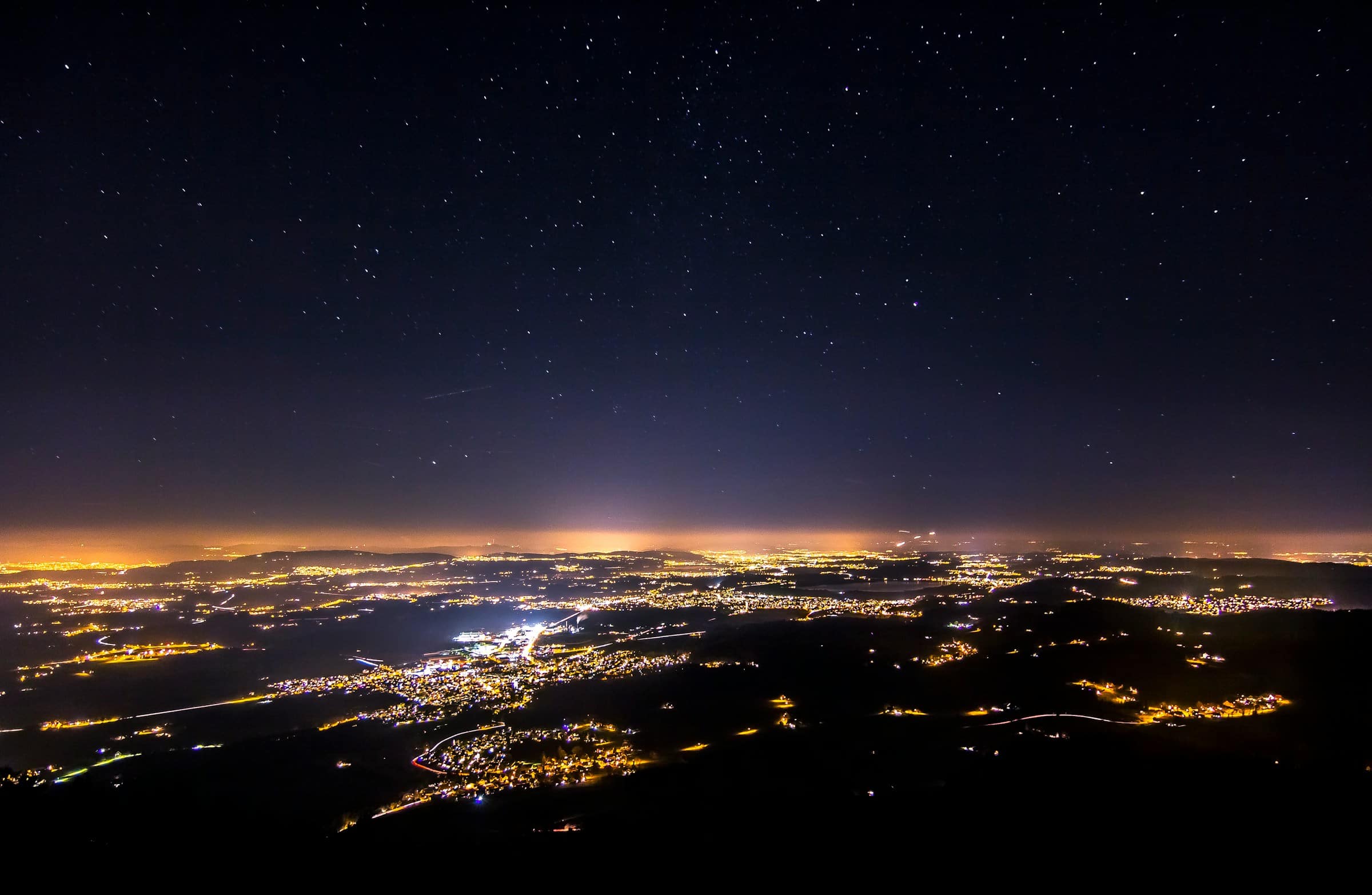Can Urban Lighting Design Reduce the Negative Effects of Light Pollution on Health?

Light pollution has become a significant concern in our urban areas. The charm of a starry night sky has given way to the brilliant glow of artificial lights – a phenomenon that has transformed our cities and towns into a perpetual state of twilight. Despite the advantages associated with city lighting, such as enhanced security and improved visibility at night, the negative impacts of light pollution can’t be ignored. From the disruption of ecosystems to detrimental effects on human health, light pollution is a serious issue that needs immediate attention. However, can urban lighting design play a role in mitigating these problems? Let’s delve into it.
Understanding Light Pollution and its Impact
Before we explore the potential solutions, it’s crucial that we comprehend the problem at hand. Light pollution, as defined by scholar and activist Paul Bogard, is the "overuse and misuse of artificial light at night." A quick Google search reveals shocking images of the earth at night, glowing with artificial lights. The bright lights of our urban areas have drowned the natural darkness of the night.
Sujet a lire : How Does Personalized 3D Bioprinting of Skin Tissue Revolutionize Burn Treatment?
Light pollution affects all life forms that rely on the natural rhythm of day and night. In humans, exposure to artificial light at night has been linked to adverse health outcomes, such as insomnia, depression, obesity, and even cancer. A study published in the International Journal of Epidemiology in 2016 found that people living in areas with high levels of artificial light at night had an increased risk of developing breast cancer. This can mainly be attributed to the disruption of our internal biological clock, also known as the circadian rhythm.
The Role of Urban Lighting Design in Light Pollution
Light pollution in our cities is prominently due to inefficient and poorly designed street lighting. An estimated 30% of all outdoor lighting in the U.S is wasted, according to the International Dark-Sky Association, mostly due to lights that aren’t shielded. This not only contributes to energy waste but also results in unnecessary skyglow, a form of light pollution that brightens the night sky and obscures stars.
En parallèle : What Are the Specific Nutritional Recommendations for Triathletes During Training Seasons?
This is where urban lighting design comes into the picture. By incorporating strategies like using fully shielded lights, installing lower intensity bulbs, implementing smart lighting technology, and embracing Natural Lighting design principles, cities can significantly reduce light pollution and its associated health hazards.
Urban Lighting Design Techniques to Reduce Light Pollution
Several techniques can be employed in urban lighting design to mitigate the adverse effects of light pollution. A prominent method is the use of fully shielded lights. These are lighting fixtures designed to focus the light downward, minimizing skyglow and reducing the amount of light trespass – another form of light pollution where unwanted or intrusive light enters an adjacent area or property.
The choice of bulb intensity and color can also make a significant difference. Lower intensity bulbs can provide adequate lighting without contributing excessively to light pollution. Furthermore, the use of warmer-colored bulbs, which emit light towards the red end of the spectrum, can reduce the impact on human health and the environment.
Potential of Smart Lighting and Natural Lighting Principles
An innovative approach to sustainable urban lighting design is the adoption of smart lighting technology. Smart lights are equipped with sensors and connectivity options that allow them to adjust their output based on the surrounding conditions. For instance, they can dim or switch off when there’s no activity in the area, thus saving energy and reducing light pollution.
Natural Lighting design principles can also be an effective strategy to combat light pollution. This involves designing urban areas in such a way that they make maximum use of natural light during the day and minimize the need for artificial lighting at night. This can be achieved through building design techniques, such as the strategic placement of windows, skylights, and reflective surfaces.
Successful Implementations of Sustainable Urban Lighting Design
Many cities around the world have recognized the need for sustainable urban lighting design and have taken significant steps in this direction. For instance, Tucson, Arizona, has implemented a comprehensive Outdoor Lighting Ordinance that mandates the use of fully shielded lights, limits the total amount of light that can be emitted by a property, and encourages the use of low-intensity, warm-colored lights.
Similarly, the city of Copenhagen has embarked on a transformation of its street lighting system into a smart, energy-efficient network. The city’s new street lights are capable of adjusting their brightness based on movement and light levels, thus significantly reducing energy use and light pollution.
Despite the growing awareness and successful implementations, there’s still a long way to go in turning our urban areas into dark-sky friendly spaces. As responsible citizens, we can contribute to this movement by making conscious lighting choices in our homes and advocating for sustainable lighting policies in our communities. The night sky, with all its stars and mysteries, is a shared heritage of humanity, and it’s our collective responsibility to preserve it.
Light Pollution Control: A Collaborative Effort
Controlling light pollution is not solely the responsibility of urban planners or lighting professionals. It requires a combined effort from various stakeholders including policymakers, environmentalists, public health advocates, and the general public.
Public policies can play a pivotal role in regulating urban illumination. Cities can enforce ordinances that set limits on the total amount of light that properties can emit, mandate the use of shielded outdoor lighting fixtures, and promote energy-efficient lighting technology. Policymakers can also provide incentives to encourage businesses and homeowners to adopt sustainable lighting practices.
Environmental advocates can raise awareness about the importance of preserving the natural darkness of the night sky. By educating the public about the adverse effects of light pollution on ecosystems, they can motivate individuals to make conscious lighting choices.
Public health professionals can help highlight the health risks associated with exposure to artificial light at night. By presenting scientific evidence from reputable sources such as Google Scholar and DOI Crossref, they can persuasively argue for the need to reduce light pollution.
Finally, the general public plays a crucial role in this collective effort. By choosing to use lower-intensity, warm-colored bulbs, installing fully shielded outdoor lights, and adopting smart lighting technology, individuals can significantly contribute to the reduction of light pollution in urban areas.
Conclusion: Towards a Brighter (Yet Darker) Future
As our understanding of the negative impacts of light pollution continues to deepen, it’s clear that the way we light our cities needs to change. The star-studded night sky, a sight that has inspired poets, scientists, and dreamers for centuries, is rapidly becoming a rare spectacle in our urban areas. The need to reclaim the dark sky is not merely about aesthetics or nostalgia; it is a public health imperative.
Urban lighting design presents a promising solution to this growing problem. By minimizing unnecessary skyglow, reducing light trespass, and using lighting sources that are less disruptive to human health and the environment, we can create urban spaces that are well-lit yet respectful of the night.
The path towards achieving this balance isn’t easy, and progress may be slow, but the successful implementations in cities like Tucson and Copenhagen give us reason to hope. As more cities embrace sustainable urban lighting practices, we move closer to a future where artificial lighting and dark skies can coexist harmoniously – a future where the starry night sky is once again a common sight for all of humanity.
